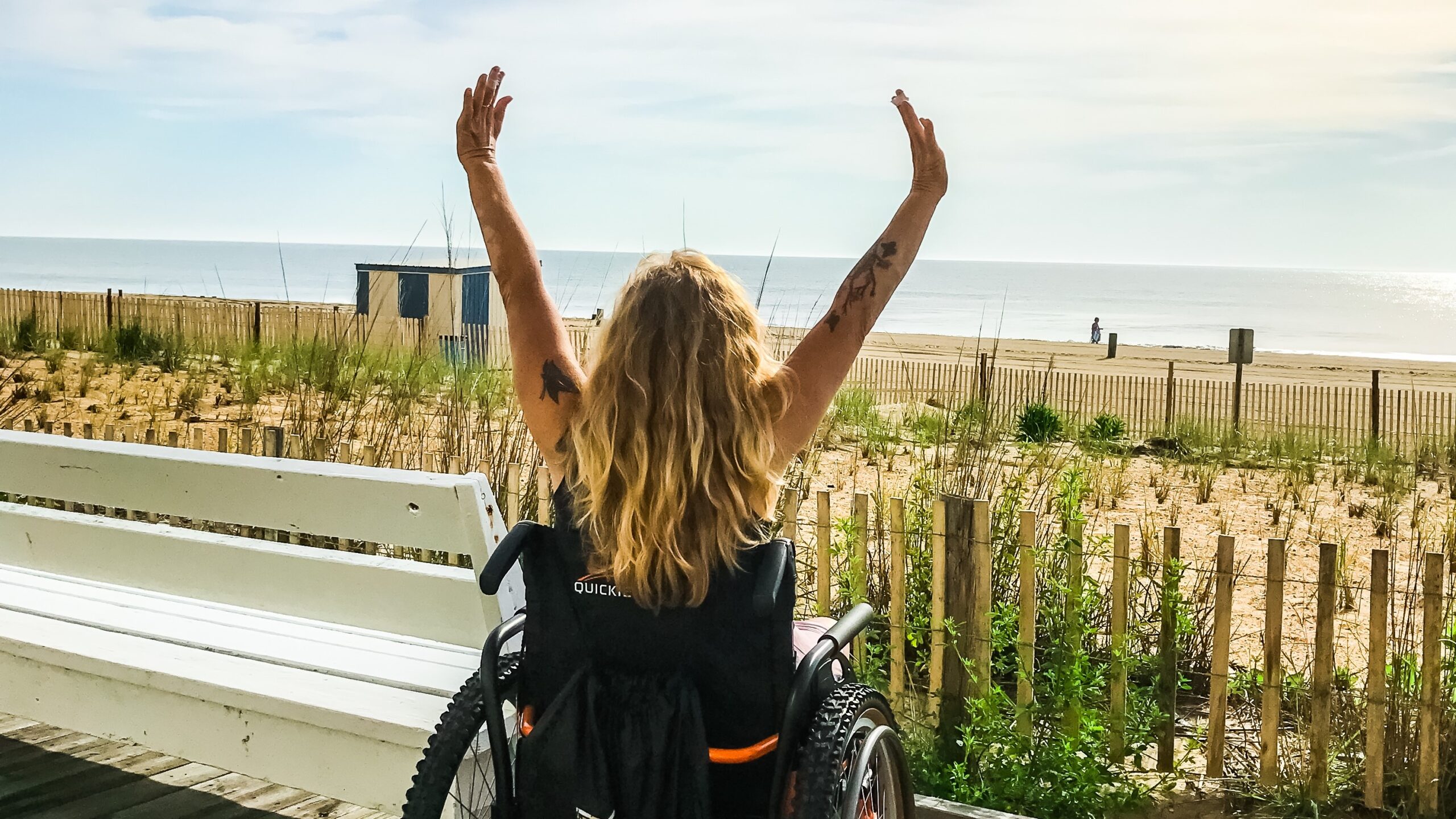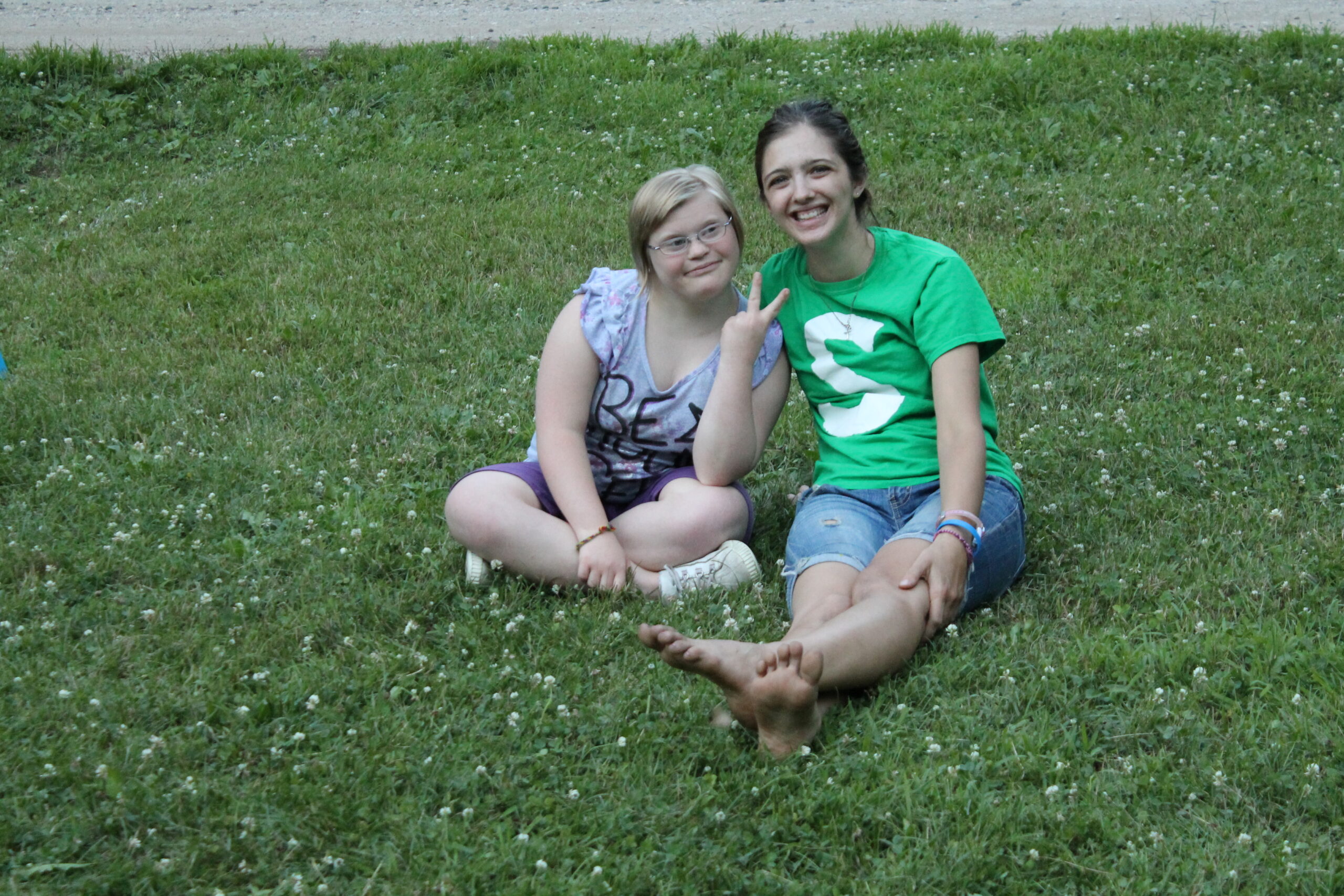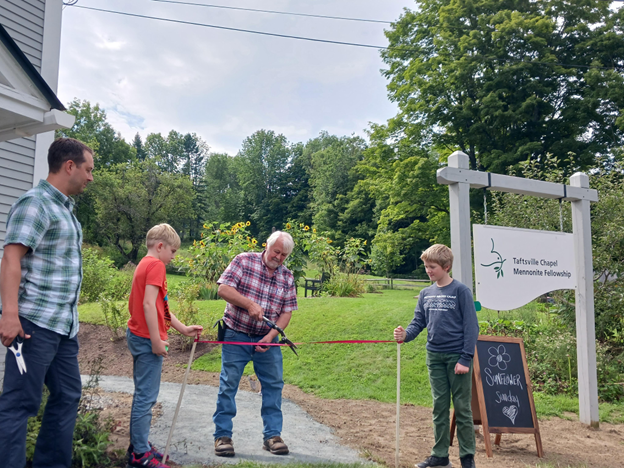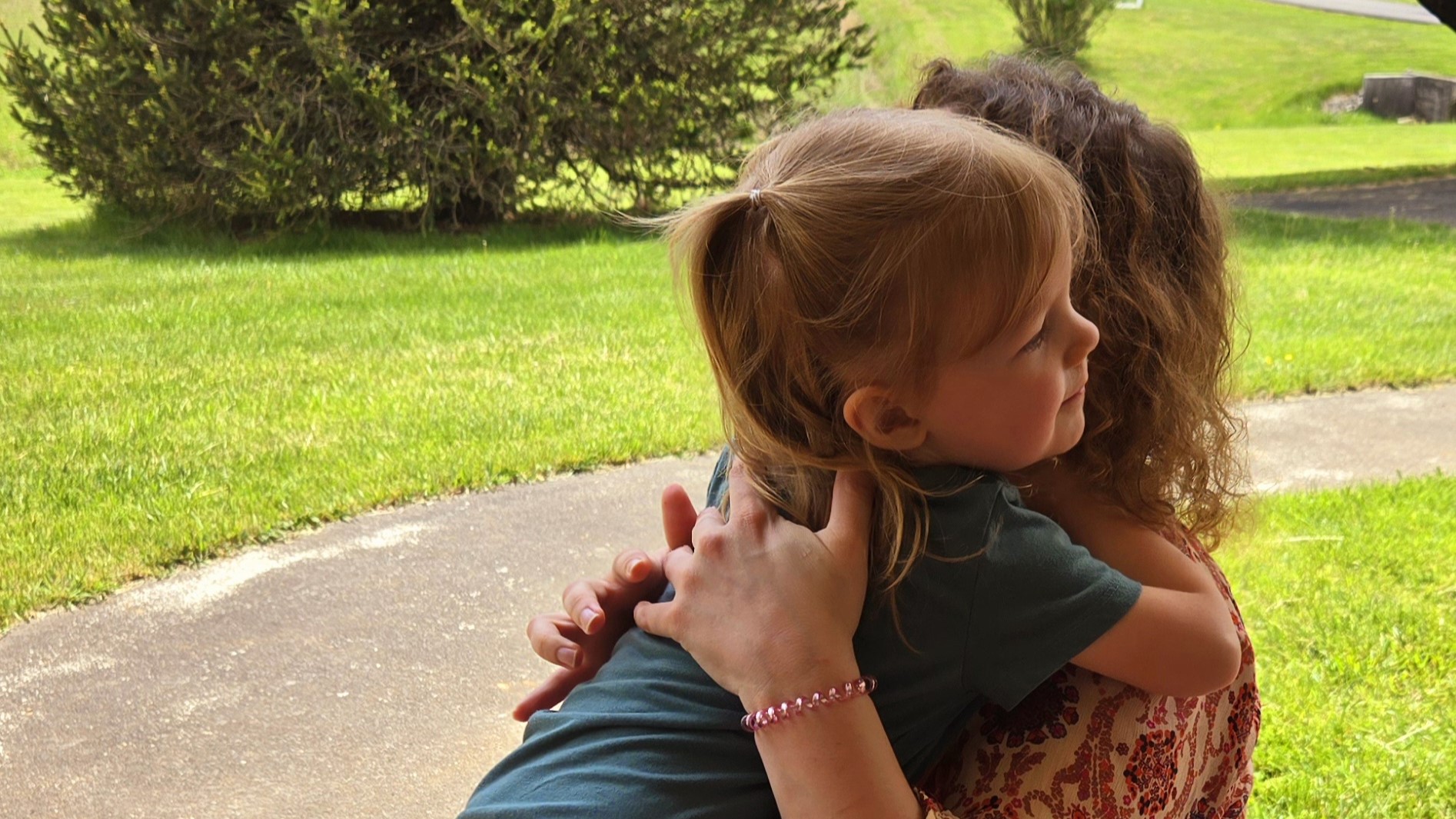Mobility Disabilities
More than a Barrier-Free Building
People with mobility disabilities experience life in a society that was not built with their bodies in mind. The structures and buildings they navigate often have barriers to entry; such as heavy doors that require upper body strength, doorknobs and faucet handles that require hand flexibility, stairs that cannot be navigated by people who use a wheelchair or walker. Congregations that remove barriers for people by remodeling their buildings to make them more accessible, model the inclusive society to which God invites us.
Updating buildings and structures to meet ADA standards of accessibility takes time and resources. As this work happens, congregations and individuals can still move toward physical accessibility with small changes in attitude and behaviors.
Tips for Caring for People with Mobility Disabilities
For Congregations
- Fill out ADN’s Congregational Accessibility Survey. Plan to address physical barriers revealed in the survey within the next five years.
- Establish greeters at building entrances to open doors, park cars, and direct people to the accessible restrooms and gathering spaces in the building.
- Address seating needs in the sanctuary: install pew cutouts for wheelchair seating and purchase a few chairs with armrests.
- Provide a short podium or table in the sanctuary for worship leaders who speak while seated.
- Routinely move through the building to check that accessibility structures (ramps, lifts, restroom stalls, etc.) are still accessible. Remove any chairs, plants, or instruments which limit access to these features.
For Individuals
- Treat someone’s mobility aid as an extension of their body. Do not touch the mobility aid without permission, and do not push someone’s wheelchair without being given permission.
- Always offer assistance before giving assistance to a person with a mobility disability, and then respect their answer. Let them tell you what kind of assistance, if any, would be helpful.
- Anticipate the potential needs of people with physical disabilities and offer to assist with: opening doors, carrying items, picking up items that are dropped.
- Speak to people on the same physical level as people who are seated whenever possible, so that they do not have to crane their neck to look at you. Crouch, or sit in a chair or a pew when talking with them.
Resources
Congregational Accessibility Survey: This resource helps congregations audit their building’s accessibility for people with physical and other disabilities. ADN offers personalized resources and support for congregations who submit this survey.
ADA Standards for Accessible Design (2010)
Barrier Free Grant: Financial support (up to $500) for congregations adapting buildings and structures to become more accessible to people with physical and other disabilities.





